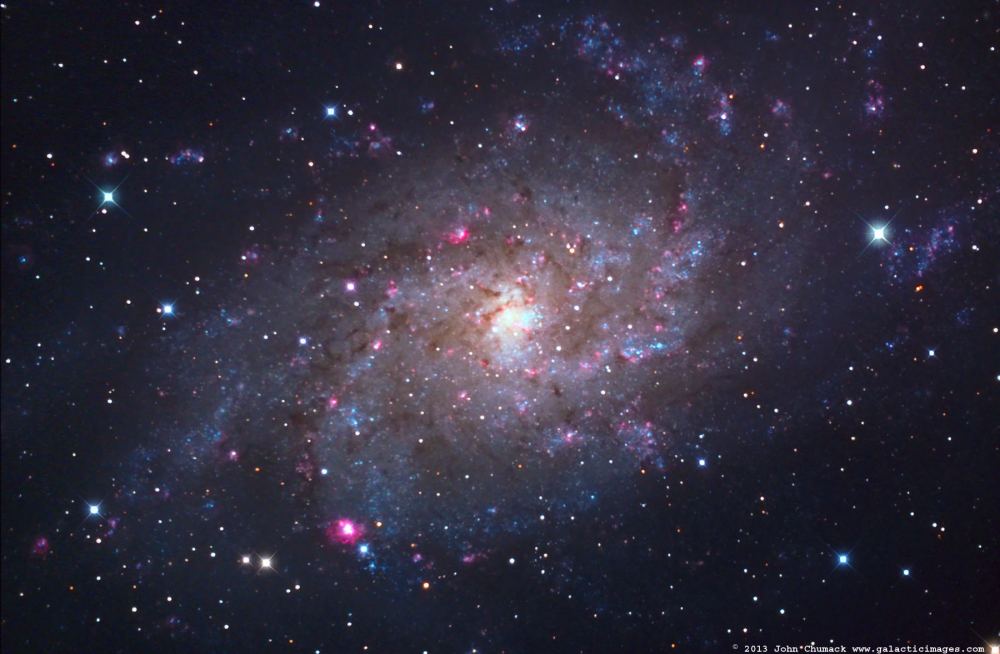Infrared astronomy has revealed so much about the Universe, ranging from protoplanetary disks and nebulae to brown dwarfs, aurorae, and volcanoes on together celestial bodies. Looking to the future, astronomers hope to conduct infrared studies of supernova remnants (SNRs), which will provide vital information about the physics of these explosions. While studies in the near-to-mid infrared (NIR-MIR) spectrum are expected to provide data on the atomic makeup of SNRs, mid-to-far IR (MIR-FIR) studies should provide a detailed look at heated dust grains they eject into the interstellar medium (ISM).
Unfortunately, these studies have been largely restricted to the Milky Way and the Magellanic Clouds due to the limits of previous IR observatories. However, these observational regimes are now accessible thanks to next-generation instruments like the James Webb Space Telescope (JWST). In a recent study, a team led by researchers from Ohio State University presented the first spatially resolved infrared images of supernova remnants (SNRs) in the Triangulum Galaxy (a.k.a. Messier 33). Their observations allowed them to acquire images of 43 SNRs, thanks to the unprecedented sensitivity and resolution of Webb’s IR instruments.
Continue reading “Webb Finds Dozens of Supernovae Remnants in the Triangulum Galaxy”









